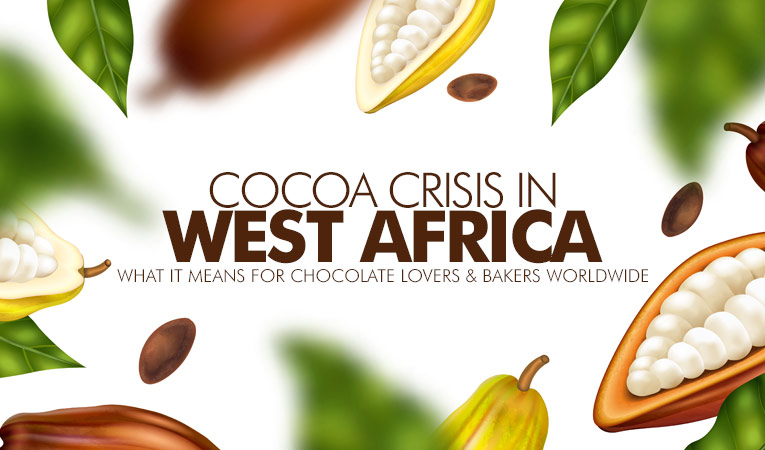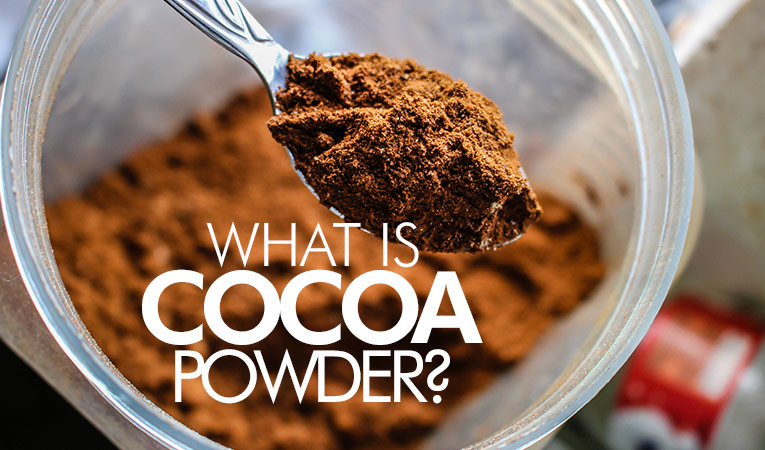Cocoa Crisis in West Africa: What It Means for Chocolate Lovers and Bakers Worldwide
12-04-2024

Chocolate lovers and bakers, brace yourselves: a looming cocoa crisis in West Africa is sending shockwaves through the global chocolate industry. Major cocoa processing plants in Ivory Coast and Ghana, responsible for producing nearly 60% of the world's cocoa, have either halted or reduced their operations due to skyrocketing bean prices. This disruption, fueled by a three-year poor harvest and escalating cocoa prices, is driving up chocolate production costs and leading to increased prices for consumers worldwide. Dive in to understand the root causes, implications, and what this means for the future of chocolate.
Rising Cocoa Prices and its Impact on Chocolate Production
Cocoa prices have skyrocketed, more than doubling over the past year and hitting numerous all-time highs. This unprecedented surge has made it financially unfeasible for chocolate-makers to buy the necessary raw cocoa beans for their production.
Steve Wateridge, a renowned expert on cocoa from Tropical Research Services, commented, “We need massive demand destruction to catch up with the supply destruction.”
State-Controlled Cocoa Plants Struggle to Operate
Ivory Coast’s state-controlled bean processor, Transcao, announced a halt in bean purchases due to exorbitant prices. While they continue processing from their existing stock, the plant is reportedly operating at a significantly reduced capacity, with industry insiders suggesting it’s almost idle.
Similarly, in Ghana, the majority of its eight processing plants, including the state-owned Cocoa Processing Company (CPC), have suspended operations for weeks due to the bean shortage. CPC is now operating at a mere 20% of its capacity.
The Disrupted Cocoa Trade Mechanism
The current price rally has disrupted the conventional mechanism of global cocoa trade. Typically, farmers sell their beans to local dealers who, in turn, supply them to processing plants or global traders. These traders then provide beans or cocoa products to major chocolate companies like Nestle, Hershey, and Mondelez.
However, during shortages, this system breaks down. Local dealers pay farmers a premium over the regulated farmgate price to secure beans and then sell them at inflated spot market prices. As a result, processors struggle to acquire beans at affordable rates, impacting the entire chocolate production chain.
Implications for Chocolate Prices and Availability
The surge in cocoa prices has already led to increased chocolate prices for consumers. According to data from market research firm Circana, U.S. retail stores charged 11.6% more for chocolate products last year compared to 2022.
The International Cocoa Organisation (ICCO) forecasts a 10.9% decline in global cocoa production this season, resulting in a deficit of 374,000 tons. This supply-demand mismatch will force processors and chocolate companies to dip into their cocoa stocks, with global cocoa stocks expected to reach their lowest in 45 years by the end of the season.
Future Outlook: More Challenges Ahead?
Based on the severity of bean diseases in West Africa, experts like Steve Wateridge predict that the cocoa market could face another deficit next season. The last time the market experienced four consecutive years of deficit was in the late 1960s, as per ICCO data.
In Conclusion
The cocoa crisis in West Africa is undoubtedly reshaping the global chocolate industry, affecting not only chocolate prices but also availability and production. As consumers and bakers, it’s essential to be aware of these challenges and perhaps find alternative sources or ways to navigate this period of uncertainty in the cocoa market.
Stay tuned to BakeryKart for more updates and insights into the world of baking and chocolate!
Source: Reuters





